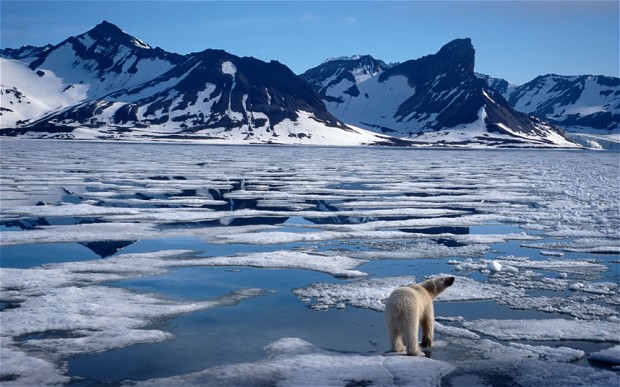-
Tips for becoming a good boxer - November 6, 2020
-
7 expert tips for making your hens night a memorable one - November 6, 2020
-
5 reasons to host your Christmas party on a cruise boat - November 6, 2020
-
What to do when you’re charged with a crime - November 6, 2020
-
Should you get one or multiple dogs? Here’s all you need to know - November 3, 2020
-
A Guide: How to Build Your Very Own Magic Mirror - February 14, 2019
-
Our Top Inspirational Baseball Stars - November 24, 2018
-
Five Tech Tools That Will Help You Turn Your Blog into a Business - November 24, 2018
-
How to Indulge on Vacation without Expanding Your Waist - November 9, 2018
-
5 Strategies for Businesses to Appeal to Today’s Increasingly Mobile-Crazed Customers - November 9, 2018
Climate change: NASA records show February as the hottest month on record
It’s official: February was the most anomalously warm month on record, smashing the record just set by January 2016, according to figures released by NASA.
Advertisement
As per reports in The Guardian, the global surface temperatures across land and ocean in February were 1.35C warmer than the average temperature for the month, from the baseline period of 1951-1980. It eclipses the previous biggest anomaly seen in January 2016, which was 1.13 °C warmer than the January average.
NASA calculated February temperatures north of 75 degrees north latitude were over 6 degrees Celsius (10.8 degrees Fahrenheit) above average.
Prior to this year, the warmest February on record came in 1998, another year with a strong El Niño.
The month did not break the record for hottest month, since that is only likely to happen during a northern hemisphere summer, when most of the world’s land mass heats up. Thus, February is not atop the pack in terms of absolute warmest global temperature: that record was set in July 2015.
And given the increasing concentration of carbon in the global atmosphere, which is driving higher long-term temperature increases as well as other extreme weather events, the string of monthly records is a foreboding sign.
“We are in a kind of climate emergency now”, Stefan Rahmstorf of the Potsdam Institute of Climate Impact Research told the Sydney Morning Herald.
Advertisement
The real significance of the February record is in its departure from the seasonal norms that people, plants, animals, and the Earth system are accustomed to dealing with at a given time of year.




























